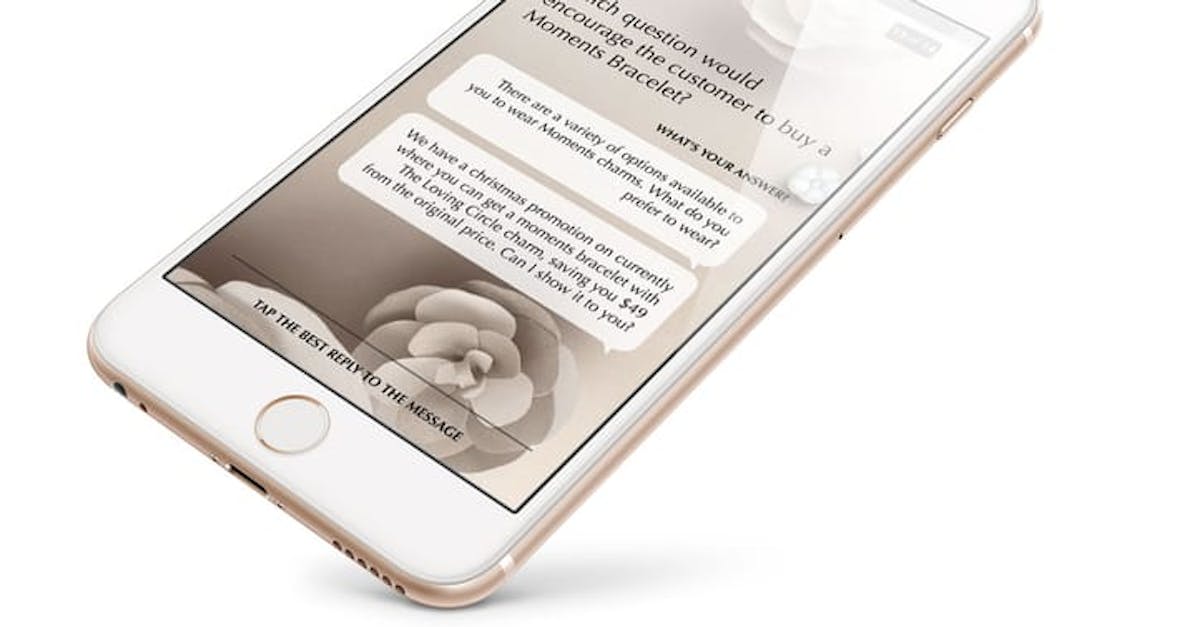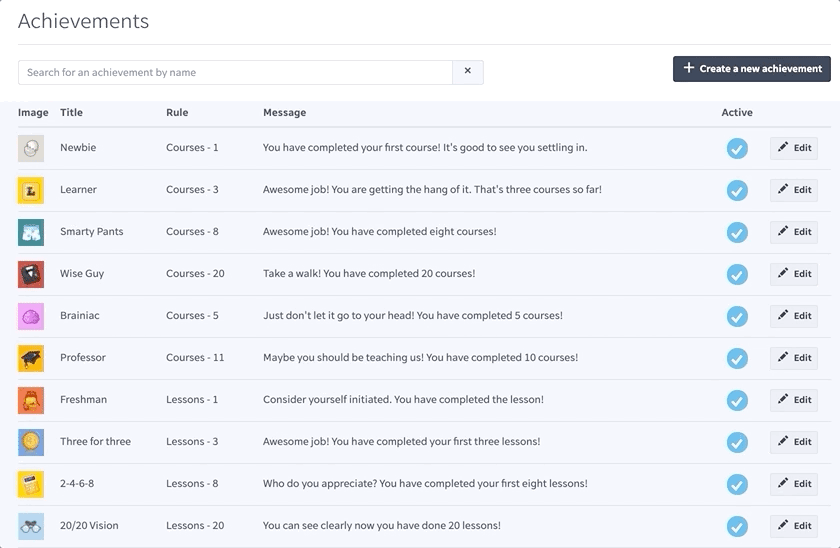Gamification in Retail Industry

The retail industry is set to globally grow to around 8 trillion by the end of 2020 with an annual growth rate of 3.8% since 2008. The FMCG (retail sector), accounts for 31% of the global GDP and employs billions across the globe.
The advent of big data, geo-marketing, and local delivery models has brought smaller players into the competition. They have been able to provide the same wholesome customer buying and servicing experience as the big industry players.
Customer engagement has thus become a differentiating factor for the players in this highly competitive FMCG market. Customer engagement is a connecting that customers have with the business, which over time translates to brand loyalty.
Smoother customer experiences result in greater customer engagement through improved experience. And as part of the customer engagement strategy, FMCG players have adopted methods to entertain potential buyers with insight such as loyalty benefits and versatility of product that would prompt buyers to upgrade their products and result in higher sales.
To ensure they have a ‘happy customer’, it becomes imperative to train the employees to stay abreast of such latest customer engagement strategies. To keep a customer happy also requires the people servicing them to feel happy.
But the need to speed up to the requirement puts additional pressure on employees. This is because the modern-day employee faces a daunting task. It is in retail where the work overload is most stark.
And this is not without reason. Employees need to be on their toes to provide the best experience to their customers. Training employees to improve service quality and at the same time comply with all the standards is not an easy task.
Gamification in retail Challenges
Employees face several challenges:
- Most of the employees of Fast-Moving Consumer Goods (FMCG) are engaged in providing 24X7 customer support. This provides them with limited time for any kind of training program.
- Customer-facing employees are expected to know general information about hundreds of products that they deal with every day.
- FMCGs survive in a highly competitive market with low profit per product, which means a limited budget for training their employees.
- Training needs to be continuous, while knowledge should be available at all times and relevant to each employee’s role.
Deploy Gamified Elearning Courses for your employees with EdApp LMS
No credit card required.
Gamification in Retail: the answer to training programs for employees
Gamification provides the perfect answer to the training problem in the retail industry. With the mobile games market set to be 5 billion, retail majors are homing in on gamification to boost customer engagement levels.

The global gamification market was around .5 billion in 2018 and this is expected to grow by more than 31% by 2024. The growth in gamification has been spurred by advancement in technology – improved internet access and popularity of smartphones.
This growth has been supported by the increasing recognition of using gamification as a means to change human behavior to encourage productivity, innovation, and engagement.
Gamification applies game mechanics and gameplay elements to the learning content for engaging learners and thereby turning the entire learning process into a game. Game mechanics involve leader boards, points, achievement badges, levels, and progress bars.
Gamification works since employees are inherently motivated to complete training and win the reward or recognition for that effort. They are confident of completing a task since the gameplay provides them with an opportunity to fail and try again without having to worry about negative feedback. The game also provides them immediate feedback about their performance.
Gamification in retail strategy
However, for any gaming strategy to be successful, the following elements need to be considered:
- SMART goals: The success of any gaming initiative largely depends on setting up specific, measurable, achievable, relevant, and time-bound goals that tie-up with KPIs. The KPIs, in turn, need to be aligned with the organization’s goals.
- Competition: The game needs to be played either as a team or as individual competitors.
- Rewards: The greatest motivation for anyone playing a game is the reward he/she reaps at the end of the gameplay. This could be offered in the form of cash, reward points, gifts, badges, or recognition from peers via the leader board.
- Feedback and learning: Though the gaming part is fun, it is important to remember that the learning should also happen concurrently with the gameplay.
- Transparency: Clear rules and a healthy competitive spirit are essential for the gaming initiative to work. Transparency in leader board scores can help improve employee perception of the transparency of game rules.

Gamification Retail Examples: Customer skill development
The gamified content could be the best way to develop customer service skills in the following areas:

- Grooming: Humans are by and large territorial animals. A gamified approach to personal grooming will motivate the employees to give their best to the customer.
- Communication skills: Online communication with customers can be very dynamic. This requires a versatile format such as gamification for personnel to focus and improve their online conduct and communication skills.
- Language fluency: The use of score- and ranking-based gamification can improve linguistic skills. This directly correlates to improved customer interaction and brand loyalty. Gamification and localization can create language lessons that are engaging and easily accessible.
- Reporting grievances: The use of analytics to leverage historical data of deviating events can help in simulating scenarios. The action taken will help in analyzing the situation and implementing corrective measures for a quick resolution.
Retail segment holds the key
Since 2012, retail sales have been growing at an impressing rate owing to customers seeking experiences and products that reflect their brand on social media like Facebook.
Gamification has been used as a marketing strategy by retailers without diverting the core idea of their business, it has also provided positive customer experience resulting in higher sales.
Gamification apps are known to have improved sales and sales leads for several retailers. This has also shown to attract repeat customers to the store while offering new insights into customer behavior and their engagement with the brand.
Measuring the RoI in retail sales
Any initiative is worth the effort and costs only if there is an assured measure of return on the investment (RoI) that is made.
Measuring RoI can appear elusive, considering that several external factors can impact the project. Measuring the baseline can end up being subjective while forecasting the future impact is even harder.
Here are some tips on the means to measure the effectiveness of training in the FMCG sector:
Sales revenue: The best time to run a product sales training is during the release of a new product. Linking the learning and development team with the sales and marketing team to develop supporting training material will help improve sales. Conducting a learning assessment will demonstrate the impact of the training on the knowledge of the individuals and the consequent improved sales figures.
Net promoter score (NPS): Businesses often ask customers to fill out a net promoter score at the bottom of the sales receipt. The effectiveness of a customer service training program can be assessed by the results of the NPS. For example, a low number of customers filling the NPS means the employees are doing their job. If the feedback is good, then it is best to link the customer service training program with the results of the NPS.
Employee survey: Employee engagement surveys are the best method for management to see what employees feel. The effectiveness of a training program depends greatly on the level of employee engagement and the consequent learning culture. Greater employee engagement can be tied to the effectiveness and the impact of the training programs.
Learner feedback: Seeking feedback for the training programs is a good way to ensure the effectiveness of the program. Normally, a feedback sheet is shared with the employees. However, these days, businesses utilize online learning portal to collect the feedback, making it easy to aggregate and analyze the data.
To make training more effective in the FMCG industry, organizations need to make gamification into a highly personalized experience. This can be done only if the learner’s personality, habits, emotions, and activities are fully understood. The goal of gamification should be to offer an experience that is unique and thereby establish a connection with each learner.
Author
Guest Author Daniel Brown
Daniel Brown is a senior technical editor and writer that has worked in the education and technology sectors for two decades. Their background experience includes curriculum development and course book creation.
